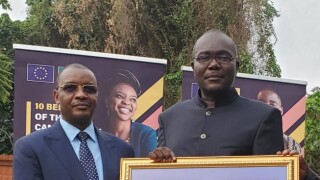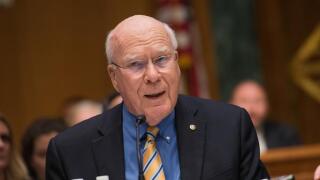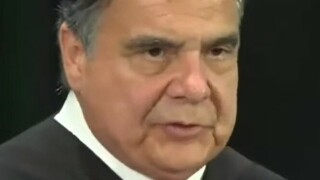
Petitioners at the Patent Trial and Appeal Board spend a lot of time putting together the best cases they can.
One question they consider is the extent to which they should rely on applicant admitted prior art (AAPA) to invalidate patents.
This year, counsel have a little more information on that issue thanks to lawyers at Qualcomm, including Stephen Wurth and John Scott.
Wurth helped his team win its case against Apple at the Court of Appeals for the Federal Circuit in February, establishing that AAPA couldn’t form the basis of validity challenges in inter partes reviews (IPRs) and vacating a PTAB decision finding a Qualcomm claim unpatentable.
USPTO director Kathi Vidal interpreted this edict to mean that AAPA couldn’t be a primary reference but didn’t improperly form the basis of IPRs when petitions relied on it in combination with one or more patents or printed publications. She issued guidance to this effect in June.
This guidance was important because it helped ensure that lawyers wouldn’t waste their limited wordcounts on arguments that wouldn’t be effective.
The Federal Circuit case stemmed from the high-profile litigation that Qualcomm and Apple settled in 2019, which Scott was involved in. Scott also weighed in on the decision not to settle the IPRs when the companies settled the overall case, paving the way for the Federal Circuit ruling.
Scott is currently managing a case filed against his company at the US International Trade Commission in October by Daedalus Prime.

















































